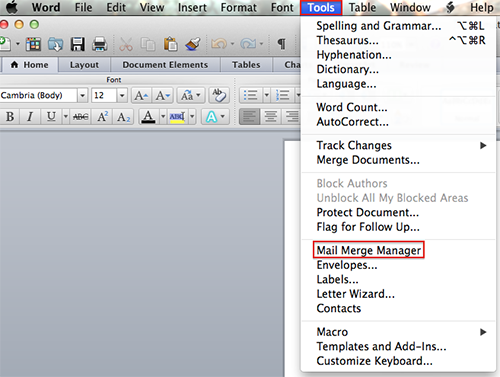
Notes permit you to add longer text passages, like sentences and paragraphs, to any topic or subtopic. Notes are one of the two most often ignored features found in mind mapping software. You can also use comments to remind you to add more information at a later date. Use comments to add brief explanations to topics or subtopics, such as describing the relevance of the topic. You can also use boundaries to provide selective emphasis.

Add boundaries to visually group topics and subtopics together by adding a common border and background color. You can also use icons to show progress completing a task. You can use icons as a type of visual shorthand to indicate topic category, importance, or sequence.
How to make a booklet in word for mac 2011 software#
:max_bytes(150000):strip_icc()/001-how-to-make-a-flyer-with-microsoft-word-075d8c04819d43878c8d34f76332a9fe.jpg)

From this fresh perspective, you can add, delete, or move chapters and their contents until everything fits together just right. The power of mind mapping is that, at a glance, you can see the whole project and how the various parts fit together.

Temporarily label them Chapter 1, Chapter 2, Chapter 3, etc. Add several smaller clouds around it, (like planets around the sun).Reduced to its essence, mind mapping is a form of visual thinking that converts ideas and words into easily-understood visuals that let you to display the part-whole relationships that exist in complex projects, like the chapters and contents of a book or the tasks (and deadlines) associated with a book marketing plan. However, authors who use mind mapping software on their computers and mobile devices enjoy the most benefits. I say “technique” to emphasize that mind mapping can be done anywhere, including the back of a napkin, on yellow legal pads, or white boards. I turned to Roger to introduce me to mind mapping and here’s his response:Īlthough mind mapping as a creativity and productivity tool has been around for decades, it amazes me that many authors still haven’t discovered this simple technique for organizing ideas and creating action plans for planning, writing, and marketing books. Parker, the author of numerous best-selling books who also self-publishes and runs the Published and Profitable Blog, a source of endless tips for brand-building, graphics, publishing and other interests. I’m pleased to present a guest article today from Roger C.


 0 kommentar(er)
0 kommentar(er)
